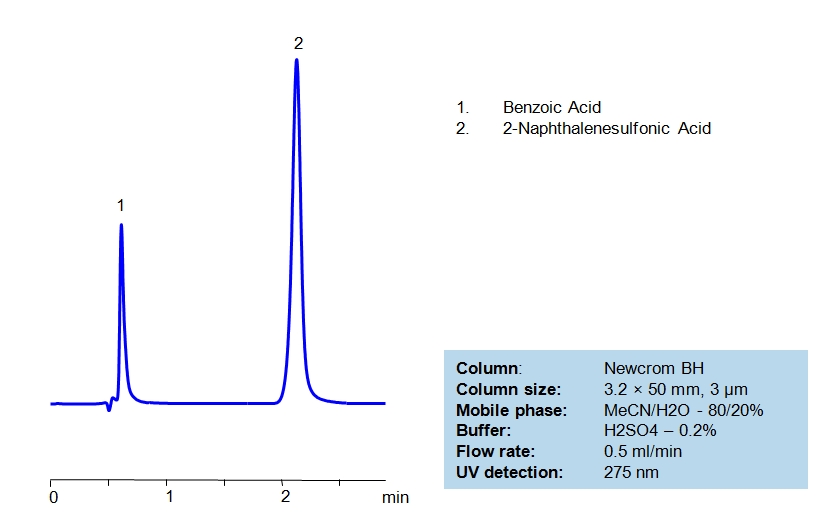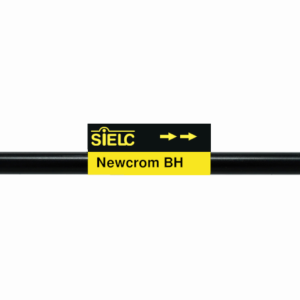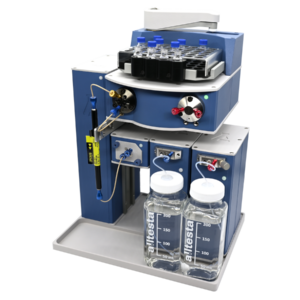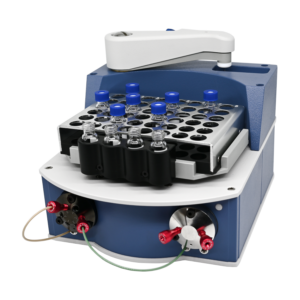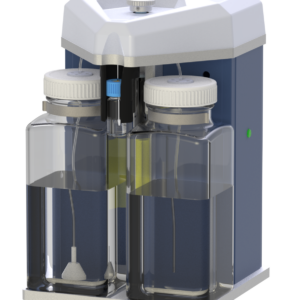HPLC Method for Benzoic Acid, 2-Naphthalenesulfonic Acid on Newcrom BH by SIELC Technologies
High Performance Liquid Chromatography (HPLC) Method for Analysis of Benzoic Acid, 2-Naphthalenesulfonic Acid.
Benzoic Acid is an organic acid with antimicrobial properties. It is typically used in cosmetics, food, and pharmaceuticals as a preservative against yeast and mold. As treatment, it is also used as a topical medicine of fungal skin infections. It can be naturally found in many berries and vegetable resins. With it’s chemical formula being C7H6O2, it is considered the simplest aromatic carboxylic acid. You can find detailed UV spectra of Benzoic Acid and information about its various lambda maxima by visiting the following link.
2-Naphthalenesulfonic Acid is an organic compound with the formula C10H7SO3H. It is used primarily in the production of dyes, but has also historically been industrially used for a it’s various chemical reactions.
Newcrom BH column is used for HPLC separation of weak and strong organic acids using a mixed-mode method. Benzoic and naphthalenesulfonic acids are retained based on polar interaction mode and anion-exchange mode. The isocratic separation is achieved very quickly on a short 3.2 x 50 mm column in under 3 minutes. The mobile phase is acetonitrile (ACN) and water with sulfuric acid buffer. UV detection at 275nm.
| Column | Newcrom BH, 3.2 x 50 mm, 3 µm, 100 A, dual ended |
| Mobile Phase | MeCN/H2O – 80/20% |
| Buffer | H2SO4 – 0.2% |
| Flow Rate | 0.5 ml/min |
| Detection | UV 275nm |
| Class of Compounds | Acid |
| Analyzing Compounds | Benzoic Acid, 2-Naphthalenesulfonic Acid |
Application Column
Newcrom BH
Column Diameter: 3.2 mm
Column Length: 50 mm
Particle Size: 3 µm
Pore Size: 100 A
Column options: dual ended
Benzoic Acid

